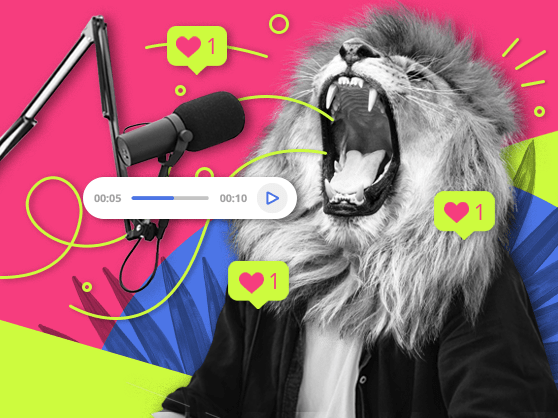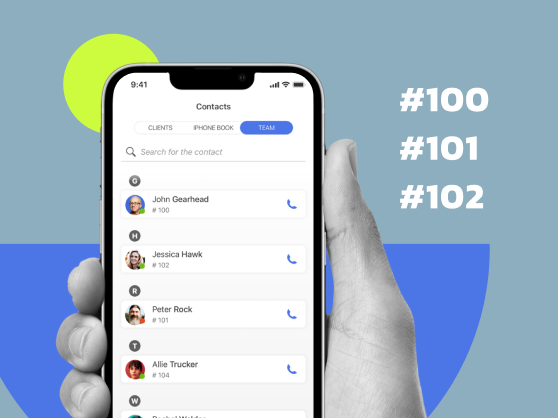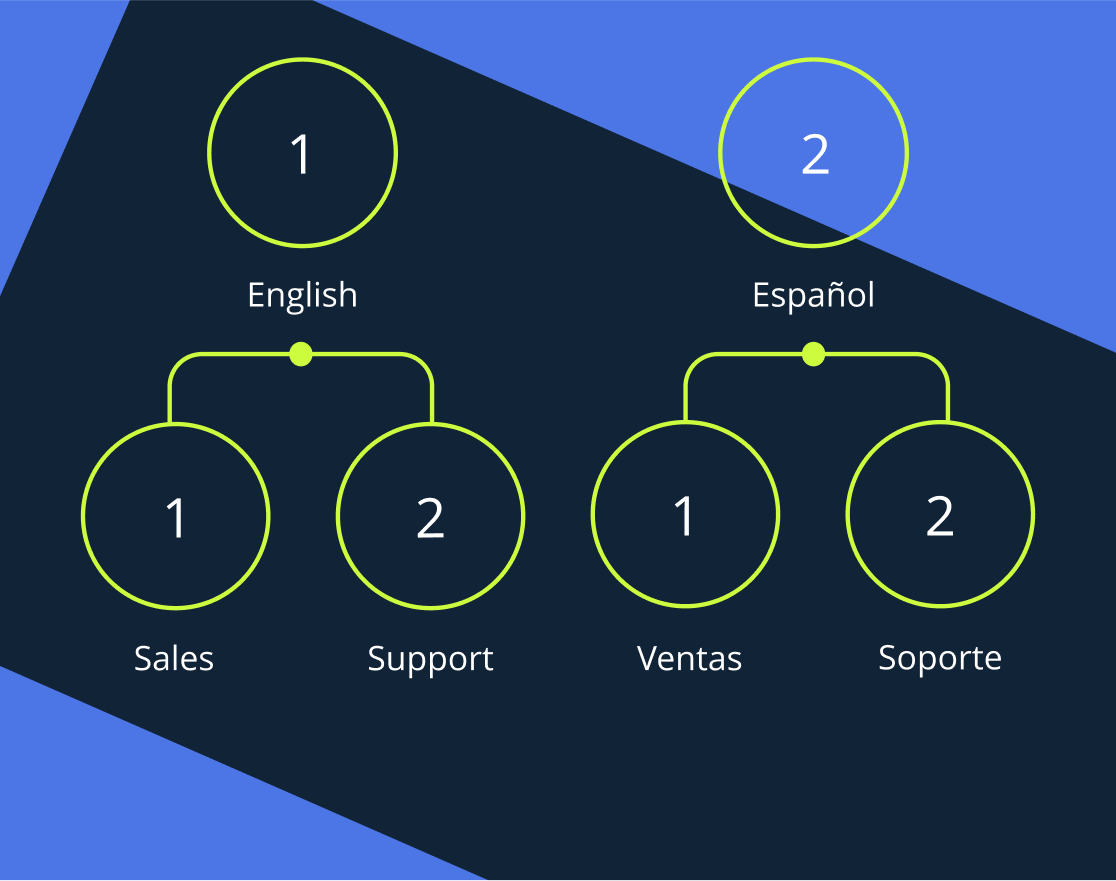Theodore Roosevelt once said, “Politeness is a sign of dignity, not subservience.” In business, like in life and politics, being kind and courteous is always a sign of strength. And second only to live interaction with your clients, the power of politeness shines through in proper phone etiquette. The latter can easily make or break your customer service reputation and vastly influence the word of mouth about a business.
Though the basics — such as polite language, smiles, and a calm attitude — are the raw part of telephone etiquette in customer service, there’s a lot more to a positive calling experience. Today, we’ll be exploring some game-changing aspects like the impression your business makes before you even pick up the phone to answer a call, methods for active listening, the technology that ensures your business gets the best reputation in town, and more.
Looking at proper telephone etiquette from several angles will help your team navigate the world of business communication with deeper peace of mind, greater resilience, and a growing bunch of smiling clients.
Navigate:
- Phone etiquette before you pick up the telephone
- Preparing your mobile phone for talking business from home
- Phone scripts: dos and don’ts
- Taking notes during important calls
- Being kind is your responsibility
- Delegating follow up tasks with digital tools
1. Telephone etiquette starts before you pick up the phone
Everyone who’s on the business end of the phone deals with a fair amount of incoming calls: callers ask about hours, services, pricing, stock, issues, you name it. And to make handling those calls easier, you’ve probably got a business phone system in place with auto greetings or a voice menu.
Unfortunately, all-purpose voice greetings do little to improve on phone etiquette. If your automated messages are generic (“Hi, and thanks for calling”) or long-winded (“Press 10 for order information or stay on the line”), you’ve got a problem with phone etiquette even though you haven’t said a word yet. And that problem is costing your business thousands of lost leads per year.
How personal are your automated greetings?
Step outside your shoes for a moment and imagine you’re a customer. Now, have a detailed listen of your current greetings, voicemail, and voice menu (if applicable). As you listen, ask yourself these questions:
- Do these messages reflect my company, or can they be just as well applied to X down the street?
- Do I have a voice menu? Is it professional, informative, and brief?
- How many seconds does it take to speak to a human?
- If I could make one guess about this company just from its voice greetings, what adjective would I use? (e.g. fun, creative, intelligent, professional, etc.) If the answer is an adjective that’s definitely “not you” or plain “none”, something’s got to change.
Given some personalized attention to, voicemail, greetings, and auto-attendants can transform into a powerful lead-generating tool for your business. Need help? Here’s how to create business voice greetings for impeccable phone etiquette.
2. Prepare your mobile phone for talking business from home
With so many businesses unexpectedly working from home in the midst of the pandemic and its aftermath, routing business calls to mobile phones has become essential. Many phone companies, like MightyCall, allow you to port in an existing business number, so you can keep your number but make and receive business calls on any mobile device like a smartphone, iPad, tablet, or laptop.
In the absence of office phones, this is super convenient, but it also means it’s also vital to differentiate between business calls and regular calls on personal devices. Sure, you’ve got your clients’ contacts saved, but what about new contacts and leads? How do you know if it’s a potential client calling, a new friend or date, or perhaps, an annoying robocall?
Caller ID
A simple way to be prepared for every call is having a business phone system with Caller ID in place. Nope, this isn’t the regular caller ID you’re used to seeing. This is a very special feature that makes it plain whether that caller is dialing your business phone number that routes to your cell phone, or your cell number (the one on your SIM card). This information lets you respond to the call accordingly (e.g. official tone, down to earth, or just skip the call altogether)
This is how Caller ID from MightyCall looks like:
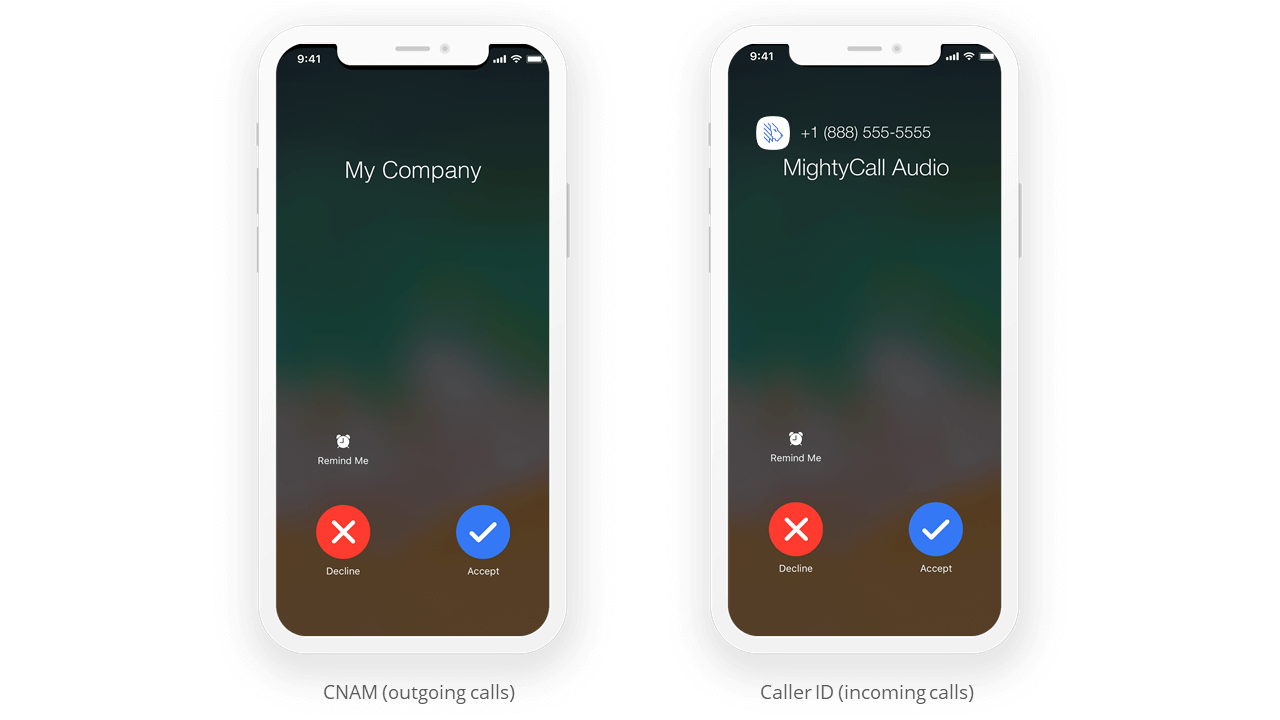
Outgoing phone calls will display your brand name. This lets people know that a trusted company is calling, not some random person or call center.
Any inbound business call will display your company name instead of the caller’s number. This instantly shows you if it’s a business or personal call.
3. Personalized phone scripts: dos and don’ts
Calling a lead/customer or answering an incoming business call, you should sound confident, polite, and respectful of the other person’s time. To facilitate this, many customer service phone scripts are readily available online, promising a novice to become a customer service pro in no time. Problematically though, these scripts are filled with standardized phrases bound to act as a hang-up trigger to real customers.
That said, we’ve got nothing against personalized phone call scripts, especially if you’re new to making customer calls or are feeling nervous otherwise. It’s absolutely OK to jot down a custom call script before making that important call, as long as each one is made for the person and occasion — not copied from the internet!
Here are several phone etiquette rules to remember when jotting down a script.
✅ Dos of phone etiquette
- State purpose of call — to avoid being taken for spam, state the purpose of your call within the first few seconds, right after the greeting and business name.
- Ask questions — whether you’re calling to notify about service changes, gathering feedback, or taking to an incoming call, questions create rapport and a human connection between you and the caller.
- Get confirmation — always confirm important details of the call by restating them and asking if that is correct, or if the information has been understood.
- Explain follow-up plans — if applicable, let your caller know when you’ll be following up or what you’ll do to take care of the problem. Just like in the dentist’s chair, knowing what comes next brings peace of mind.
❌ Don’ts of phone etiquette
- Talk in long monologues and corporate phrasing — just think of the last time you got a call like that. How did it make you feel?
- Use generic words and phrases — replace generic customer service words like “good”, “glad”, “apologies” etc. with emotionally positive synonyms. I don’t know about you, but to my ears, “have an awesome day” generates sunny vibes, while “have a nice day” just feels … grey.
- Season the conversation with inappropriate humor — salt and pepper are vital (as mentioned above), but moderation and politeness are still key
- Go on hold without notification — always notify the person on the other end of the line how long they should stay on the line and the reason for the wait.
4. Taking notes during important calls ensures best phone etiquette
Proper phone etiquette involves active listening and making customers feel that you’re hearing them.
69% of consumers want sales and other customer service representives to “listen to my needs”, a HubSpot survey reveals.
As we said above, being a good listener, asking questions, and confirming your caller’s words are important in bringing across your care and concern for the person and matter at hand. Yet anyone who’s conducted a business conversation knows how often we forget the questions that come into mind while the other person is busy explaining something. When that happens, it doesn’t mean you’re forgetful, it just means you weren’t prepared for the conversation.
A simple and effective solution is taking notes. While you don’t need this for regular calls, manual note-taking is essential for any important calls you plan to follow up on. A regular notepad and pen are your best helpers during the call while right after, you may use digital tools (read on just below) to delegate tasks.
A note on call recording
Call recording is an effective practice for managers and employees. It allows to monitor customer service, take note of problems, remember information without keeping (or losing) it in writing, and even resolve disputes.
To legally record phone calls, you will need to know the laws in your particular state/country and usually gain legal consent from the other party, for example, through an automated message. Find the answers to all your questions about call recording apps and laws here.
5. Being extra kind and patient is your responsibility, not your option
As customer service memes all over the internet stand witness to, a cool head may the toughest part of the phone etiquette conversation. Even if you’re not in sales though, a business gets all sorts of callers– frustrated, annoyed, angry, and the worst kinds, those who don’t know what they want. And while we can’t influence the circumstances influencing the people on the other end of the phone (or set their minds straight), proper phone etiquette does imply being at the steering wheel of the conversation.
The problem with emotional customers is that emotions make people stray from the point and lose the thread of the conversation. If your customers are getting emotional (either positive or negative) and straying far from the point, politely but firmly bring them back to the main topic of the conversation. Remember that customer service etiquette isn’t about tolerating rude behavior, but about steering the conversation towards the best resolution for both parties.
6. Delegate follow up tasks with digital tools
With so many things to do around your business, it’s easy to forget a follow-up call or task in the midst of a full schedule. To keep yourself up to date, it’s best to use the notes taken during the call and transfer those onto digital tools shared with your team, as soon as possible.
Phone etiquette is simple with MightyCall’s Business Contact Book which comes with mini-CRM features. This basically means that you can save each new lead or contact to the contact book and add notes about the contact.
The notes can be anything to help you remember this contact, any information you’ve jotted down during the conversation, or a reminder for your team.
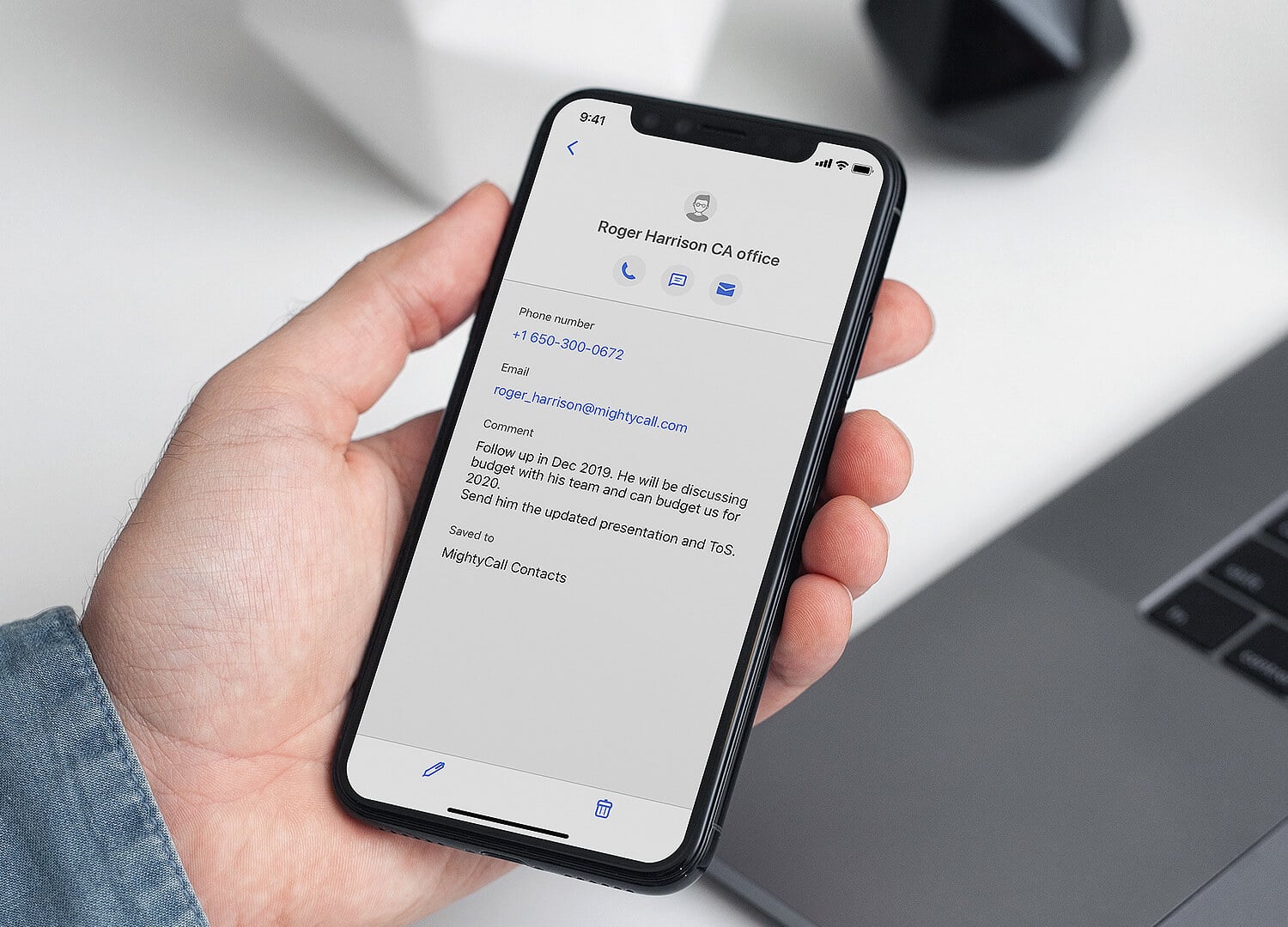
As soon as one team member adds a new contact and note, this info instantly pops up in the MightyCall contact books of all team members, visible in the MightyCall app on their mobile devices.
Another piece of cool technology to help with follow-up phone etiquette is Journal. Teams can use this unique feature to assign calling tasks to each other and view the task status in their MightyCall profile. It’s best to assign tasks right after each important call, since later you may forget or miss essential information. Use both Contact Book and Journal for maximum effectiveness.
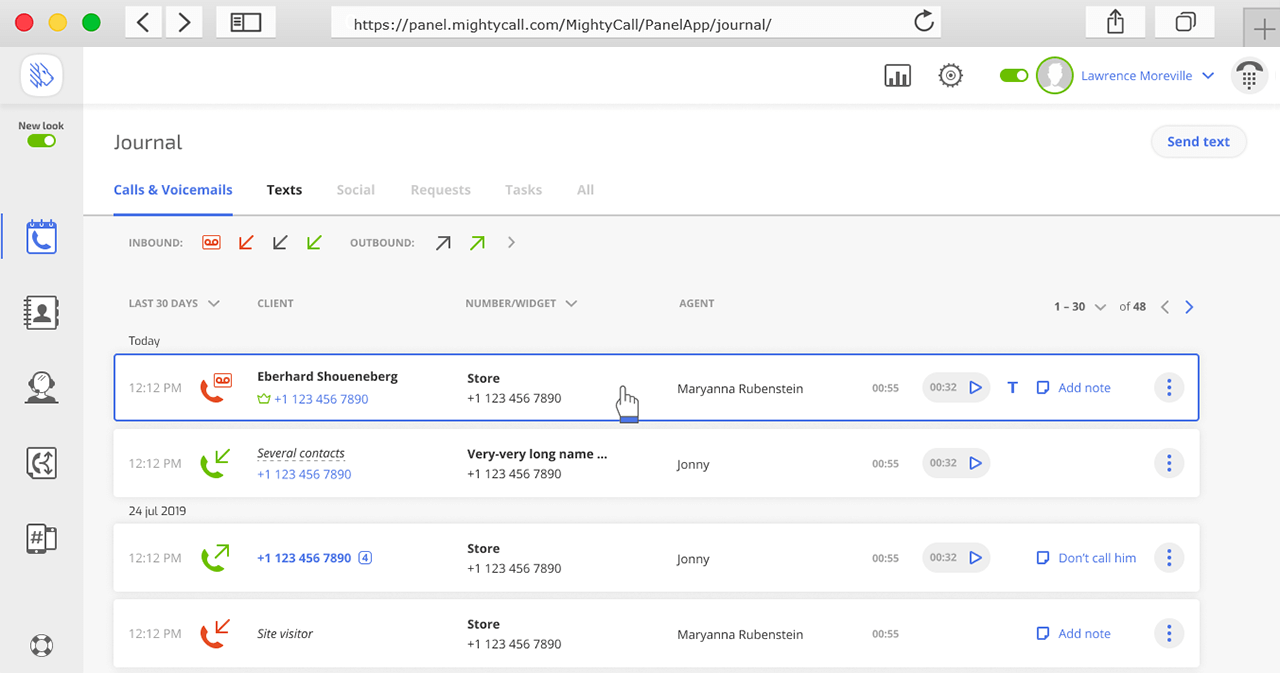
View your call history
View your texts in the thread
Listen to your recorded calls
Listen to & read your voicemails
Add notes to the calls
Filter calls
Change your status to accept or decline calls
Click on the number to start calling
Discover more
Have you picked your favorite phone etiquette strategy yet?
If that’s a yes, save and complement this guide with these phone call routing features to make your small business look bigger.
And check out our out-of-this-world fast, mobile, and budget-friendly phone system for small business. We’ll help your team talk anytime, anywhere, and about anything, at a stunning price.



